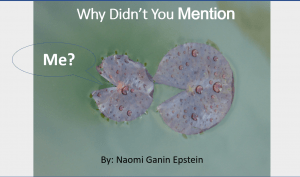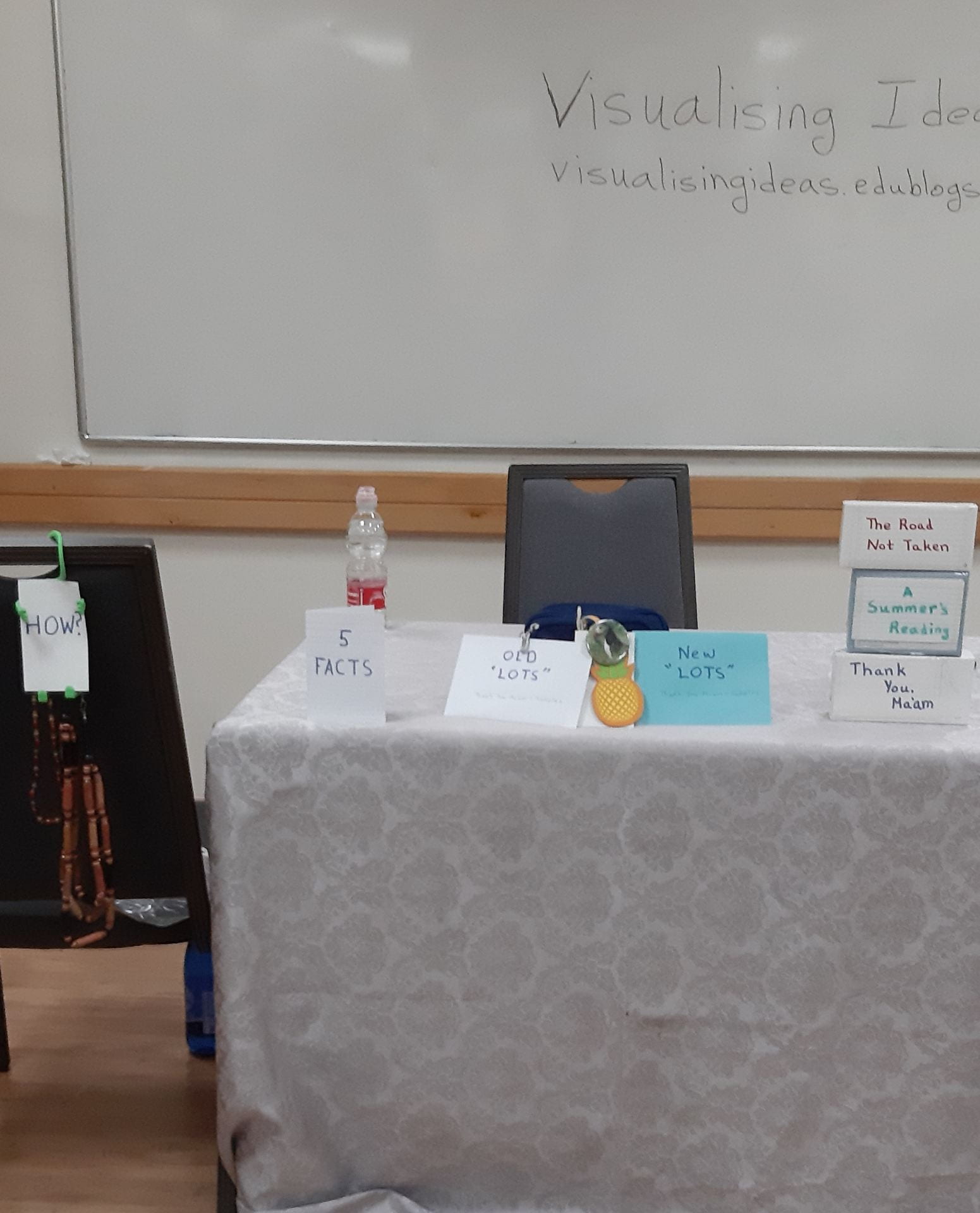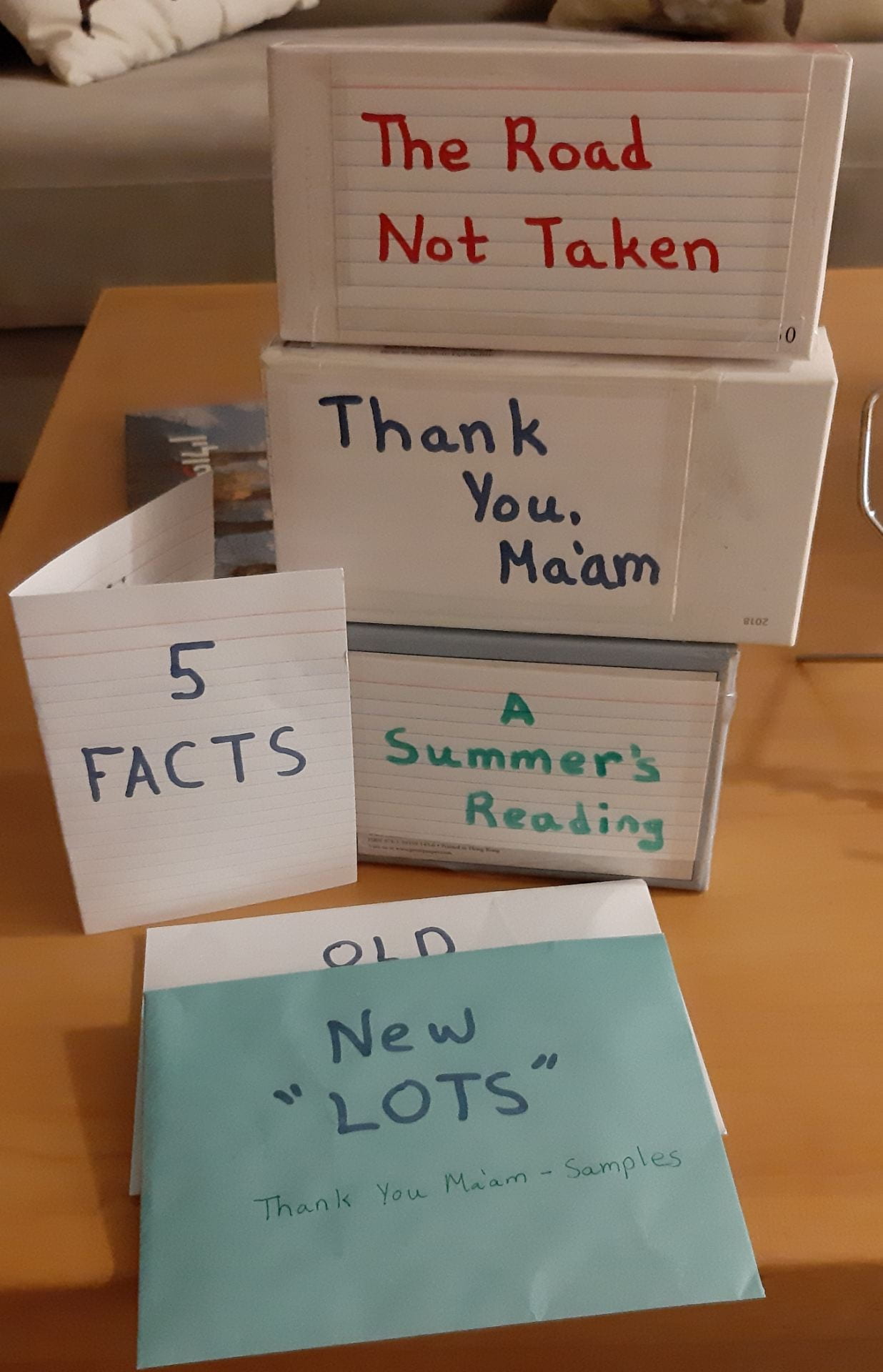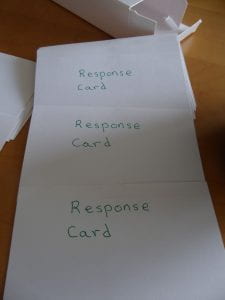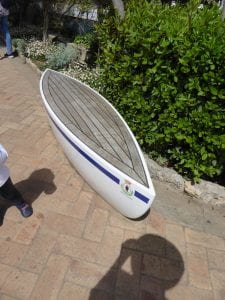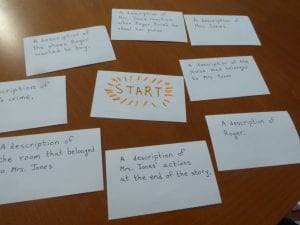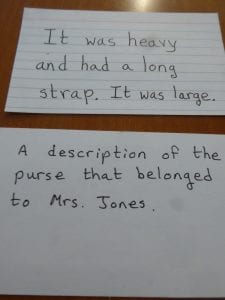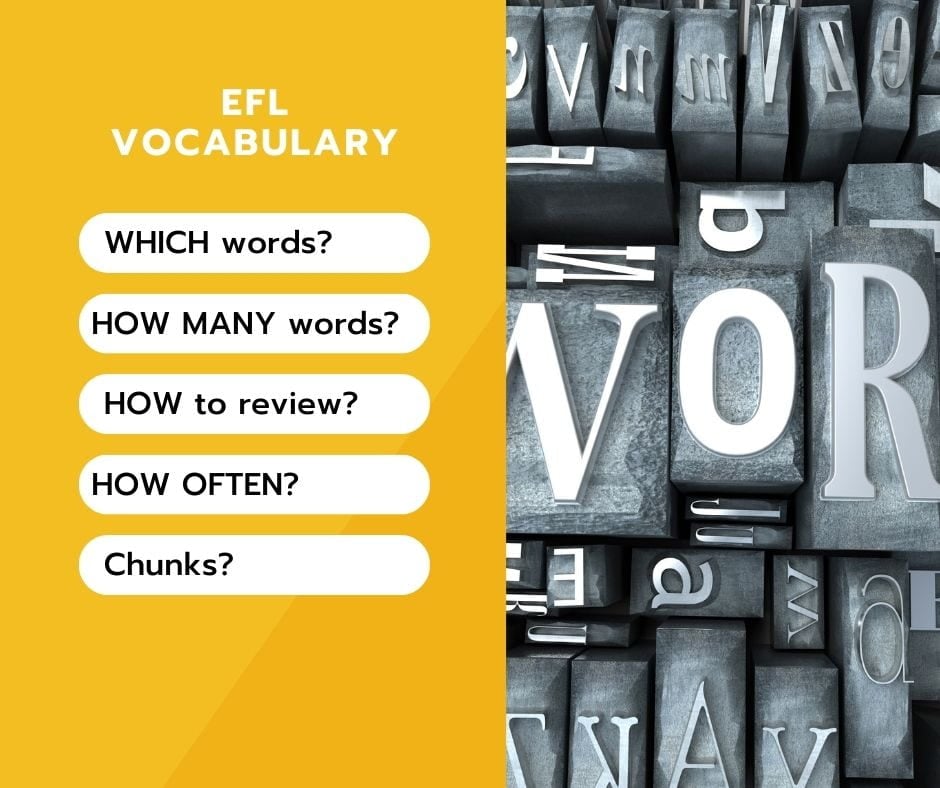
Words.
Lots of words.
Lists of words.
Words for the students and words for me:
It’s the “Why”, the “Which”, the “How” and the “When” of vocabulary acquisition for EFL students that I need to carefully consider and plan for when I teach. In order to do that effectively, I need all the information, support, and inspiration I can get, from the experts.
Experts such as the one-and-only Batya Laufer, from Haifa University, who will be presenting at the upcoming ETAI 2023 International Conference & Mediterranean Symposium. Her plenary talk “Lexical Targets: Why they are necessary and how they can be implemented” will be targeting those pesky “WH Questions”!
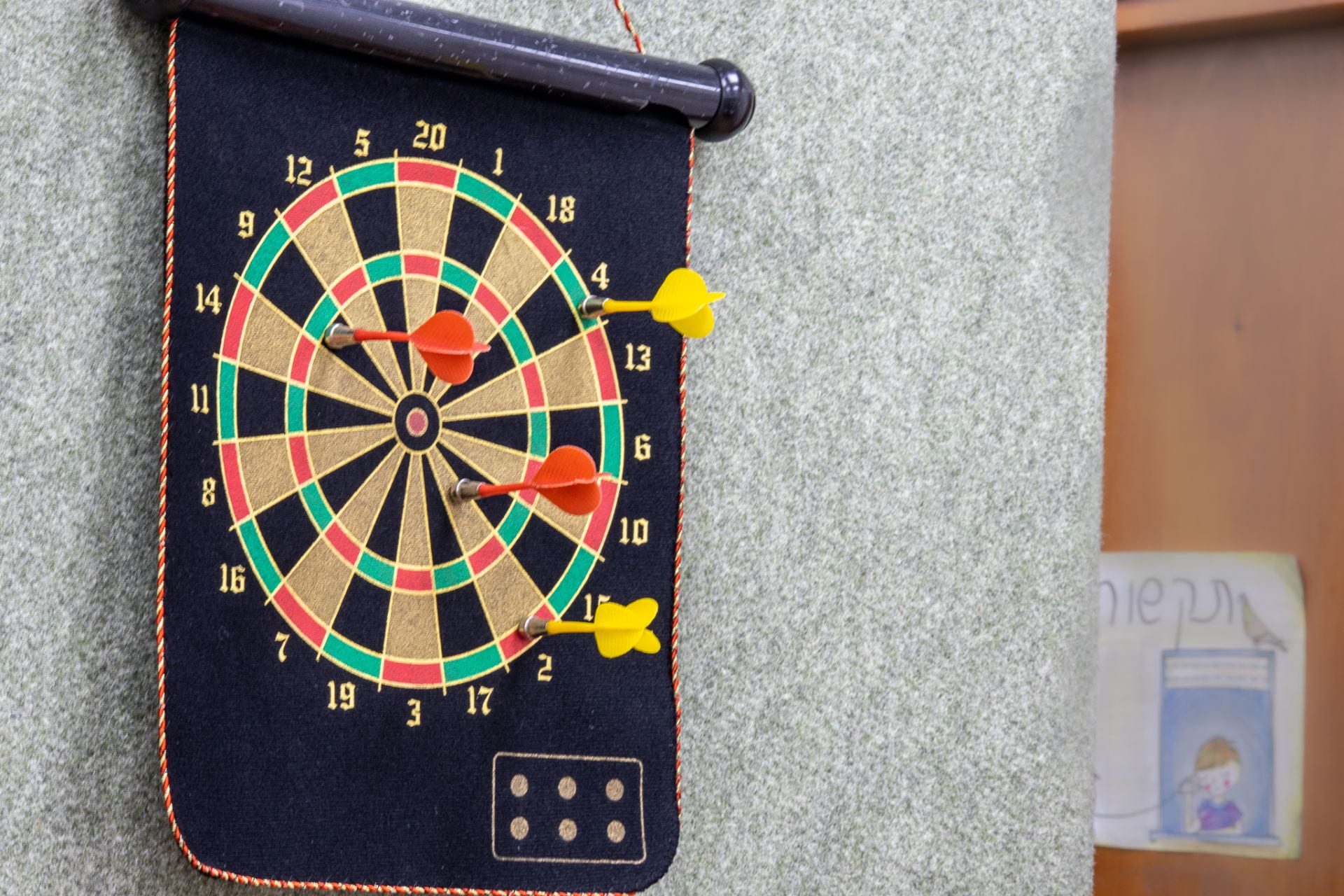
The updated activity I am sharing today was inspired by previous sessions at ETAI Conferences, from another amazing speaker at the upcoming conference, Leo Selivan, aka “Lexical Leo”. His clear and practical conference talks have inspired many a lesson in my classes.
Here is an updated version of “The Egghunt”, created with Leo Selivan’s post Horizontal Alternatives to Vertical Lists in mind.
See you at ETAI!
———————————————————————————
The Egghunt
This activity was designed to focus on vocabulary presented not according to semantic sets, (transportation, colors, food etc.), which is the vertical approach, but rather by introducing the words with other words they go with (horizontally).
I chose a short animated film that I feel is age-appropriate (elementary school) and suitable for use in schools.
I then wrote a list of twenty-three vocabulary items that either relate to or appear in the film.
All but three of these words appear in the Ministry of Education’s approved word list. These three words are needed in this context (they are marked with an asterisk in the word list below).
The decision to have all the activities connected to the film is grounded in a belief that what is made memorable is learned best. I do this often with homework assignments for my own students, with various language elements I’m trying to teach, not just vocabulary. The visuals in films (I always use ones without dialogue, my students don’t hear well!) supply a clear context.
1) Here’s the list of vocabulary items FOR THE TEACHER:
| Egg | buy | Take care! | hungry |
| Caveman* | Hunt * | Be careful! | long |
| Spear* | fall | That’s not fair! | angry |
| film | smile | How many | sad |
| food | watch | sure | |
| another | break | true | |
| see |
2. Here is the pre-reading activity for the students. Click on the title below to get a downloadable PDF.
4) Questions related to the film embedded in the film, courtesy of Edpuzzle. Edpuzzle has made it so much easier to work with film!






